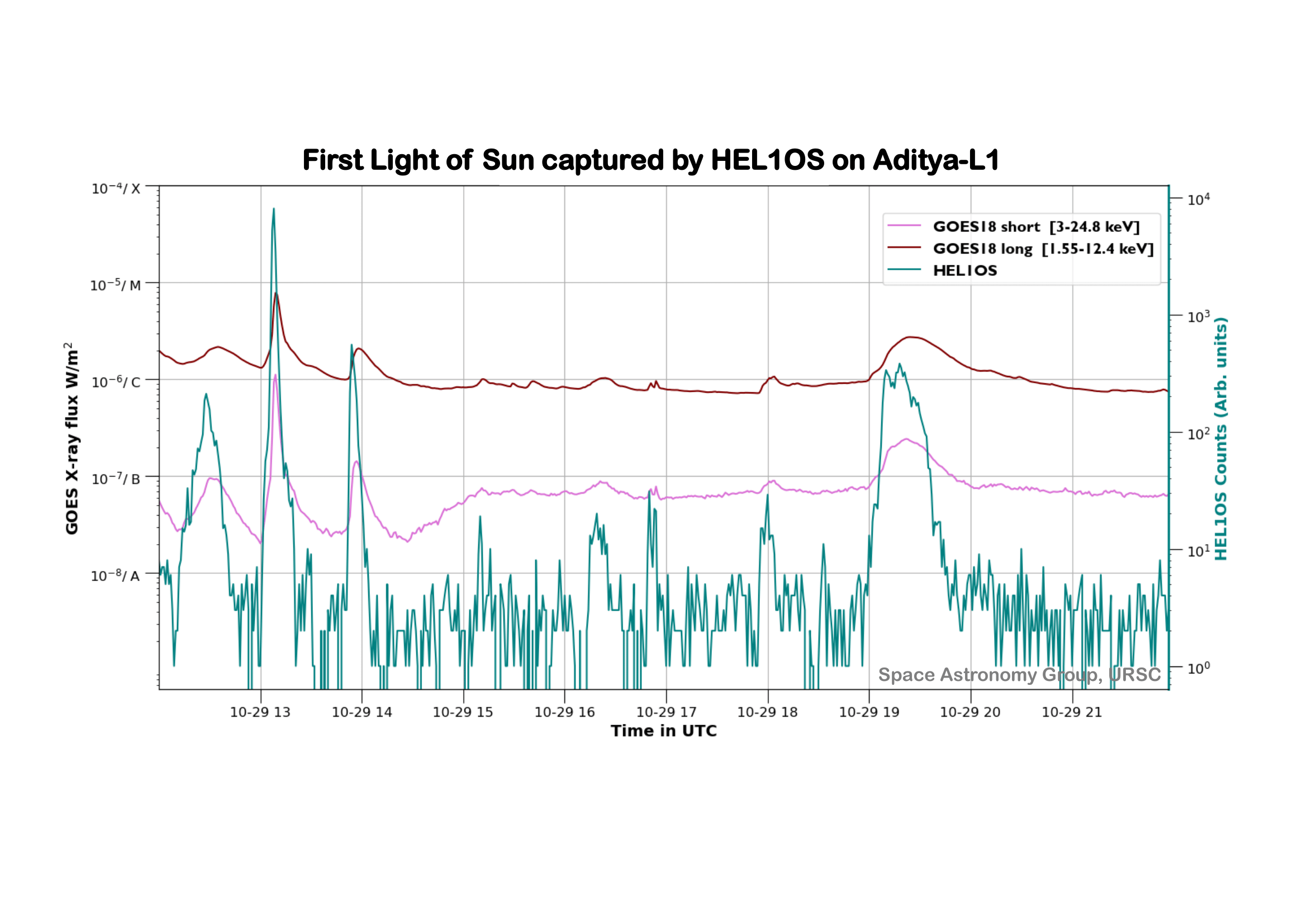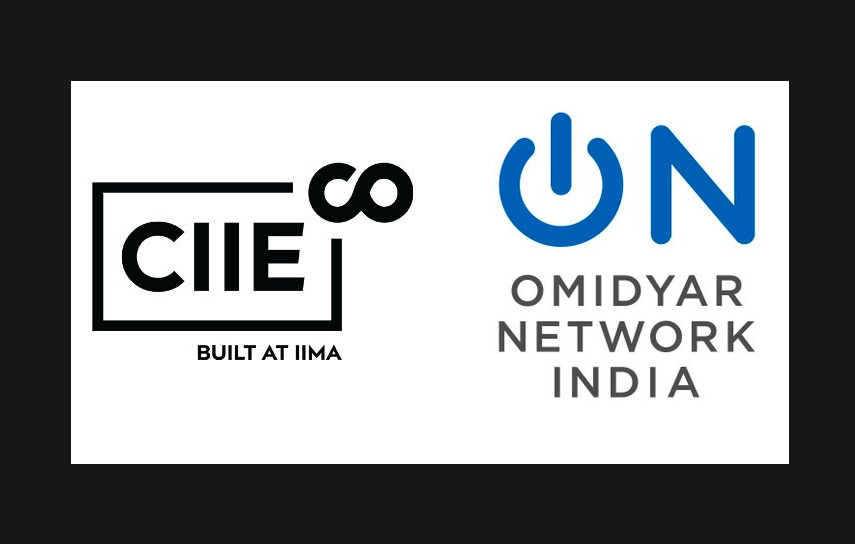Bengaluru, NFAPost: In a significant milestone for India’s inaugural solar mission, Aditya-L1, the X-ray spectrometer HEL1OS, integrated into the spacecraft by ISRO, has successfully captured the first-ever high-energy X-ray imagery of solar flares. This remarkable achievement was recorded during the initial observation period, commencing on October 29, 2023.
Solar flares, sudden intensifications of the solar atmosphere, emit heightened radiation across the electromagnetic spectrum, encompassing radio waves, optical light, UV rays, soft X-rays, hard X-rays, and even gamma rays. The HEL1OS X-ray spectrometer, commissioned on October 27, 2023, is undergoing meticulous calibration and threshold fine-tuning operations. Since its activation, it has diligently monitored the Sun for indications of hard X-ray activities.
According to ISRO, the HEL1OS instrument is configured to monitor the Sun’s high-energy X-ray behaviour with exceptional precision in both timing and spectral resolution. The data garnered by HEL1OS will furnish researchers with invaluable insights into the explosive energy release and electron acceleration occurring during the impulsive phases of solar flares.
This pioneering instrument was conceived and developed by the Space Astronomy Group at the UR Rao Satellite Centre of ISRO in Bengaluru.
In early October, the Aditya-L1 spacecraft executed a 16-second trajectory correction manoeuvre, marking a crucial step in its mission. This adjustment was deemed necessary following the trajectory evaluation subsequent to the Trans-Lagrangean Point 1 Insertion (TL1I) manoeuvre, which took place on September 19.
Since embarking on its journey, the spacecraft has successfully completed several earth-bound manoeuvres, including the TL1I manoeuvre, ultimately propelling it beyond the influence of Earth’s gravitational pull.
Aditya-L1 has also commenced the collection of scientific data. The sensors of the STEPS (Supra Thermal and Energetic Particle Spectrometer) instrument have commenced measurements of supra-thermal and energetic ions and electrons at distances exceeding 50,000 km from Earth. This data will provide scientists with invaluable insights into the behaviour of particles enveloping our planet.
Following the triumphant soft landing of Chandrayaan-3 near the moon’s South Pole, ISRO launched Aditya-L1, India’s inaugural solar mission, from the Satish Dhawan Space Centre in Sriharikota on September 2. The spacecraft is equipped with seven distinct payloads, four of which will observe sunlight, while the remaining three will measure in-situ parameters of plasma and magnetic fields.
Aditya-L1 is destined for a halo orbit around Lagrangian Point 1 (L1), situated 1.5 million km from Earth, directly in the path of the Sun. The journey to this strategic vantage point is anticipated to span four months. While Aditya-L1 will remain approximately 1.5 million km from Earth, it will be oriented towards the Sun, equivalent to just 1% of the Earth-Sun distance. Its mission objective is to scrutinize the outer atmosphere of the Sun.
ISRO has emphasized that Aditya-L1 will neither land on nor approach the Sun any closer. This strategic positioning will allow Aditya-L1 to continuously monitor the Sun, unfettered by eclipses or occultation, affording scientists the opportunity to study solar activities and their impact on space weather in real time. Additionally, the spacecraft’s data will contribute to unravelling the sequence of events leading to solar eruptive phenomena, offering a deeper comprehension of the drivers behind space weather.





